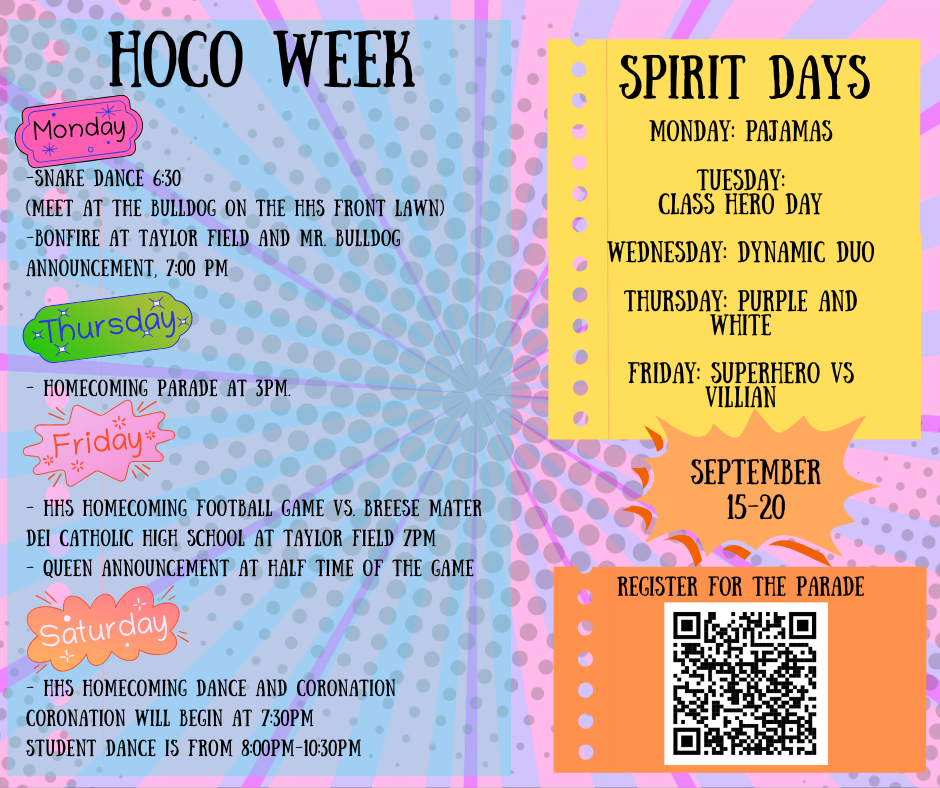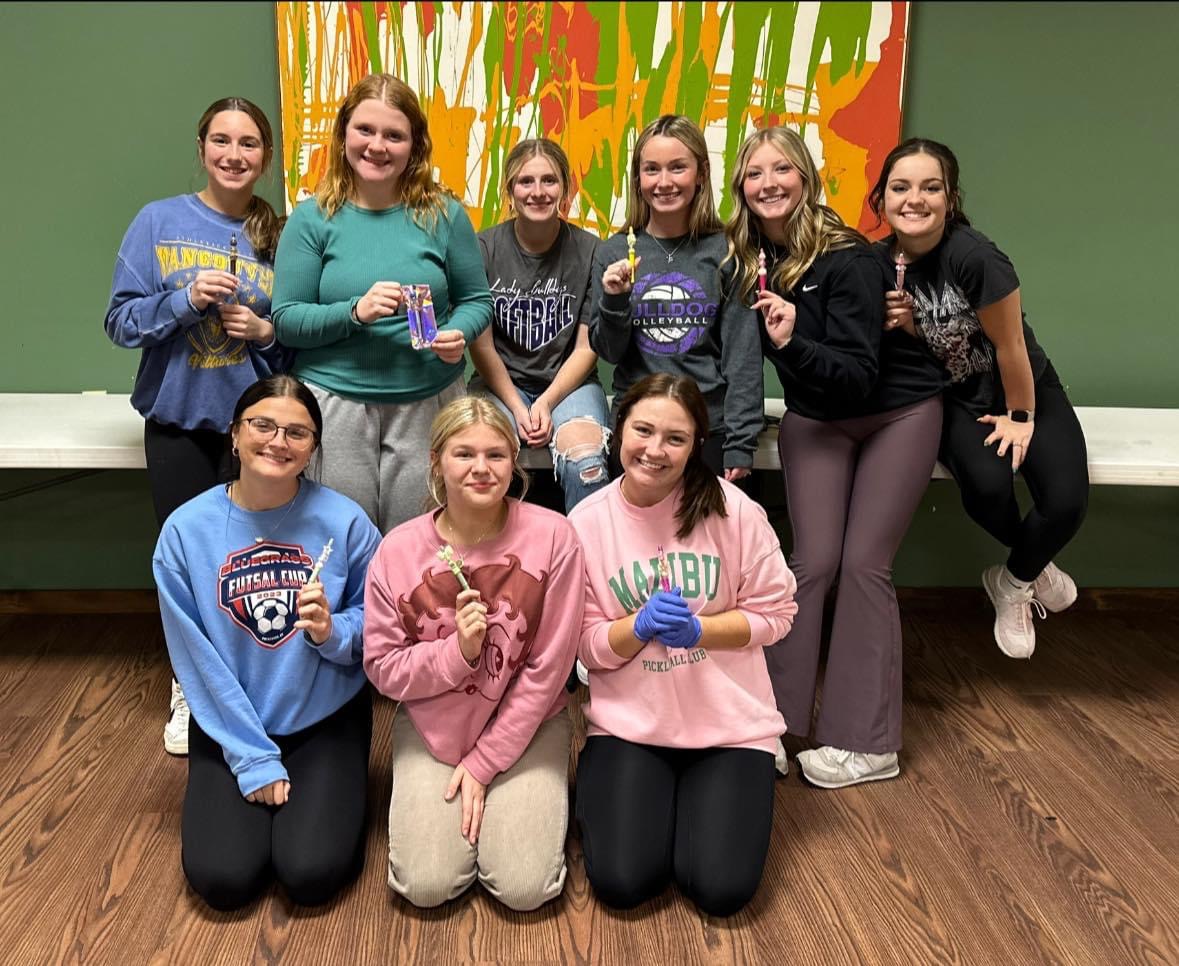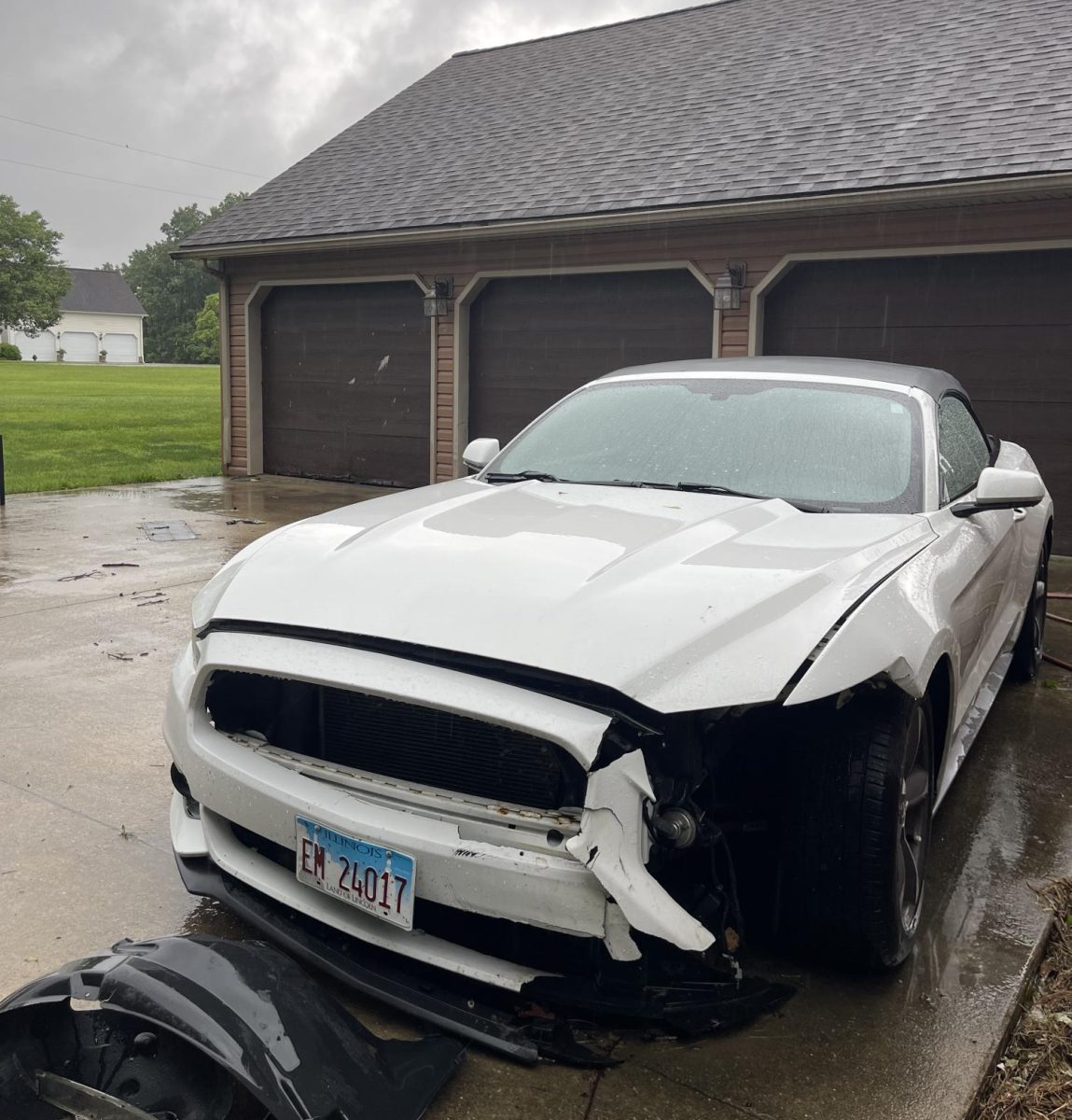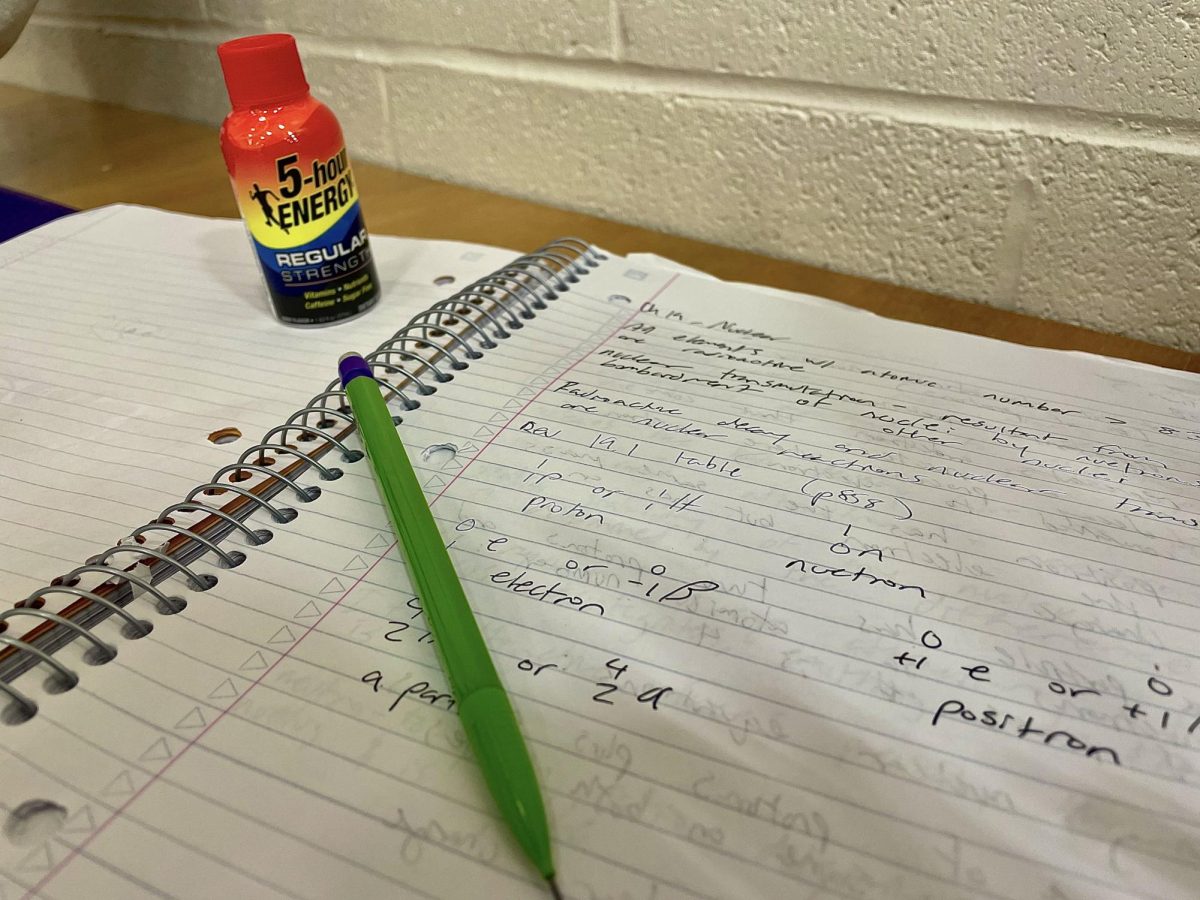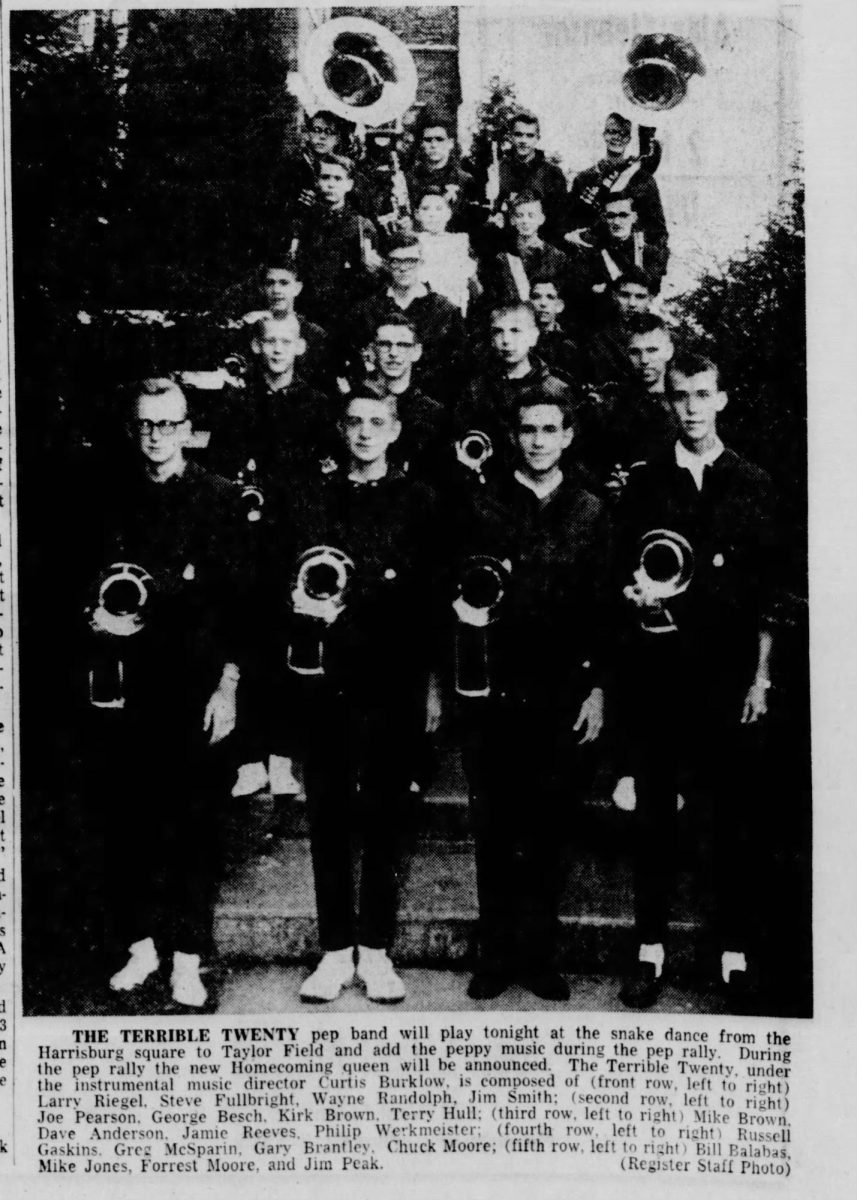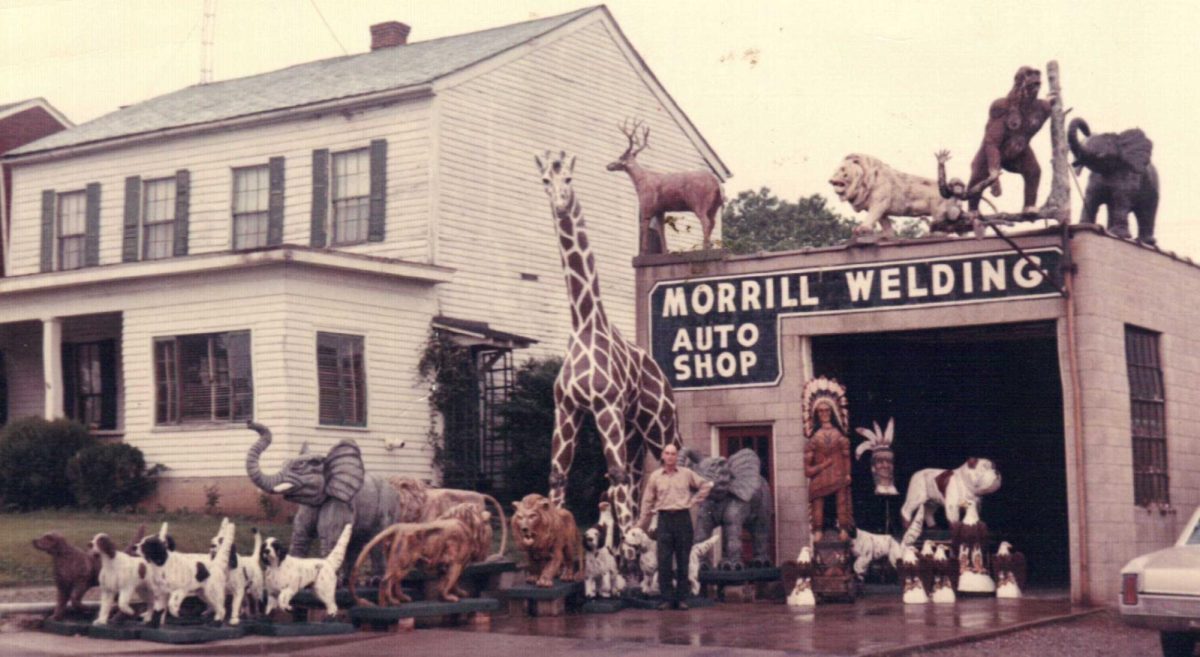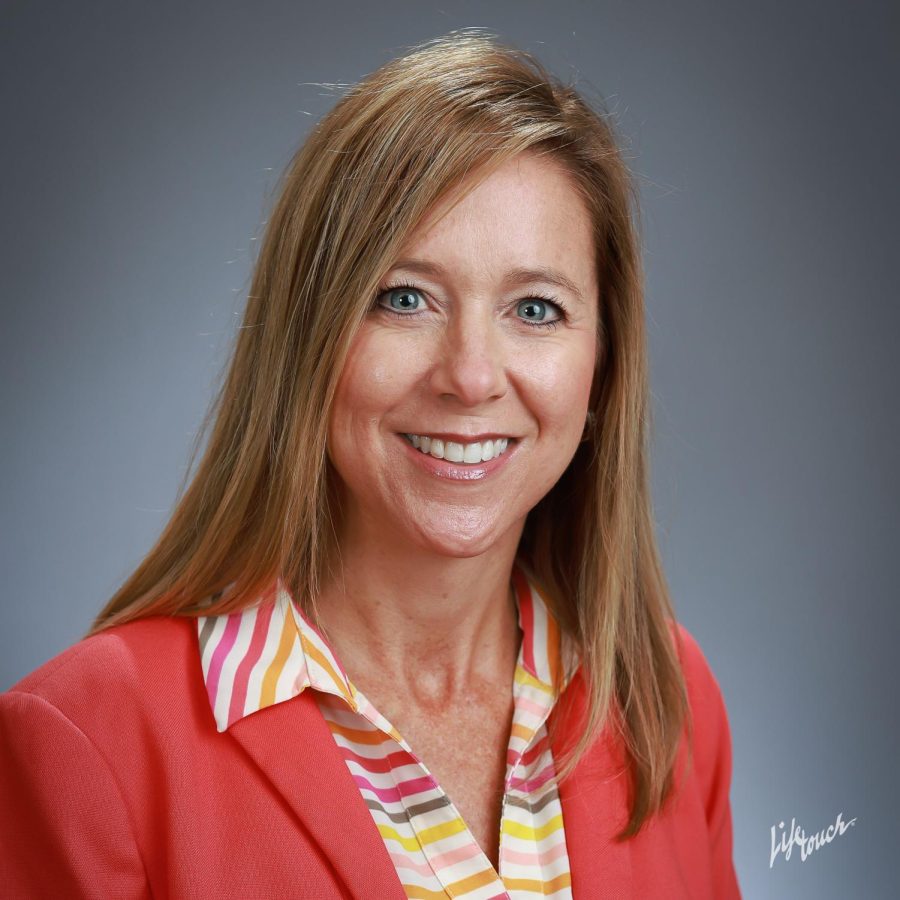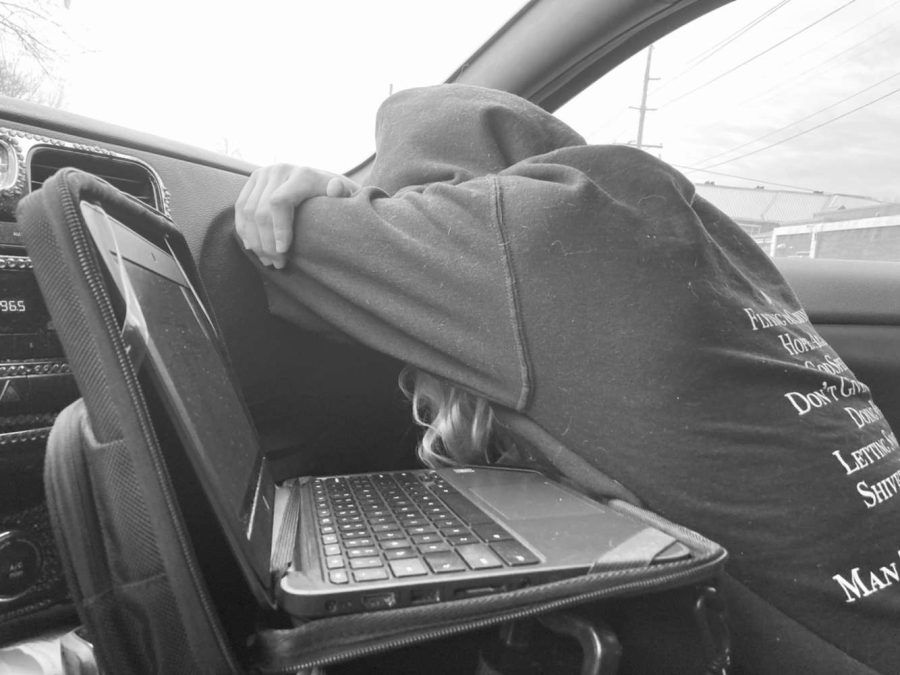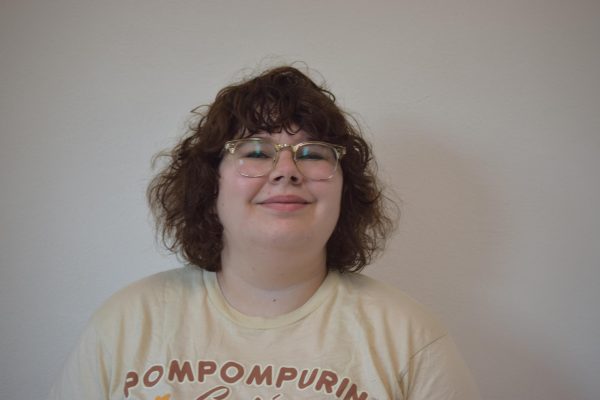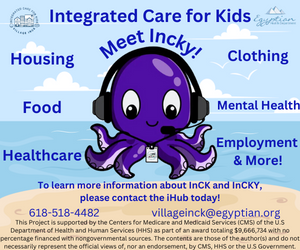Seasonal Affective Disorder takes hold as weather gets cold
Photo illustration by Paxton Garbel
SADD affects people of all ages.
January 24, 2022
Many people have heard of the “winter blues,” but its correct name is Seasonal Affective Disorder. Seasonal Affective Disorder (SAD) is a mood disorder that affects almost 10 million Americans every day according to Psychology Today. Often associated with winter time, many people live with this disorder every day.
In the Diagnostic Manual of Mental Disorders (DSM-V) SAD is classified as a Major Depressive Disorder with Seasonal Patterns, this is essentially a way to classify a type of depression that changes with the seasons.
“I was diagnosed in 2009 with Seasonal Affective Disorder by a local doctor. I had gone in for a physical in January and I was the picture of health,” said Kayla Brasher (2006), a local alumnus who has SAD. “The doctor asked if I felt sad, tired or lonely, and I burst into tears in the office.”
Though SAD is usually associated with the wintertime, some people can have summer-based SAD.
“Sunlight is believed to be the key to MDD with seasonal pattern; it’s thought that cases that occur during the summer months may result from too much sun,” a Healthline.com article said.
Some people have wondered if COVID-19 could be the cause of increasing mental health struggles, including SAD, but “There is no data stating that people being diagnosed with SAD have increased,” said counselor Teri Pate.
SAD can affect people’s lives in many different ways, but there are a lot of ways that someone can live with SAD.
“When the sun went away my body would ache and feel cold, and I basically just wanted to hibernate until being outside didn’t make my toes hurt,” said Brasher. “I still went to school, but I would have trouble staying focused if I was cold, but if I got warmed up, I would feel really drowsy.”
Some professionals do think that the COVID-19 pandemic will affect those with SAD and how they cope with it.
“Most are already nervous about COVID-19. They will be indoors, and they won’t be exposed to the same amount of bright light,” says Paul Desan, a director of psychiatric consultation at Yale College.
SAD can be treated. There are a lot of ways that doctors and therapists can help out someone experiencing SAD.
“In therapy, I learned how to manage my symptoms and start to notice the signs of SAD before they progressed,” said Brasher. “Today, I no longer consume caffeine – I don’t need it. I have learned skills to manage SAD and have a good support system of family and friends I can talk to when symptoms start showing up.”
SAD is not something people should have to experience alone.
“Encourage your friend to talk to a counselor or trusted adult. If they do not feel comfortable doing that, then ask if they would like you to go with them to talk as a support,” said Pate.
There are also ways to get help from the community if experiencing SAD and its symptoms.
“There are great organizations like the Egyptian Health Department and the Stress and Trauma Center in Eldorado who provide mental health services,” said Brasher. “I found being involved in clubs gave me accountability and that accountability got me out of the house. Finding things to be excited about, especially when it’s cold and dreary out, makes those cold months seem a little warmer.”

